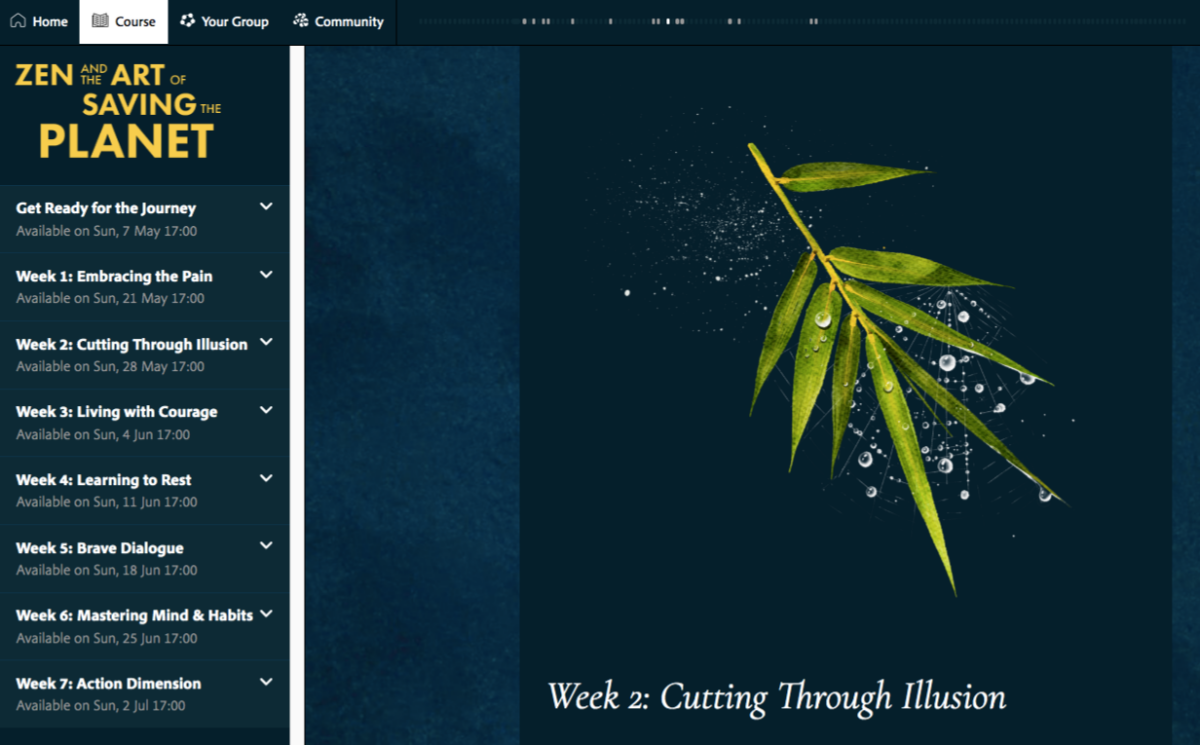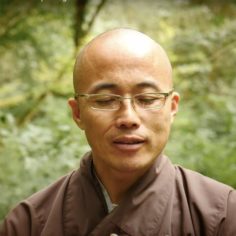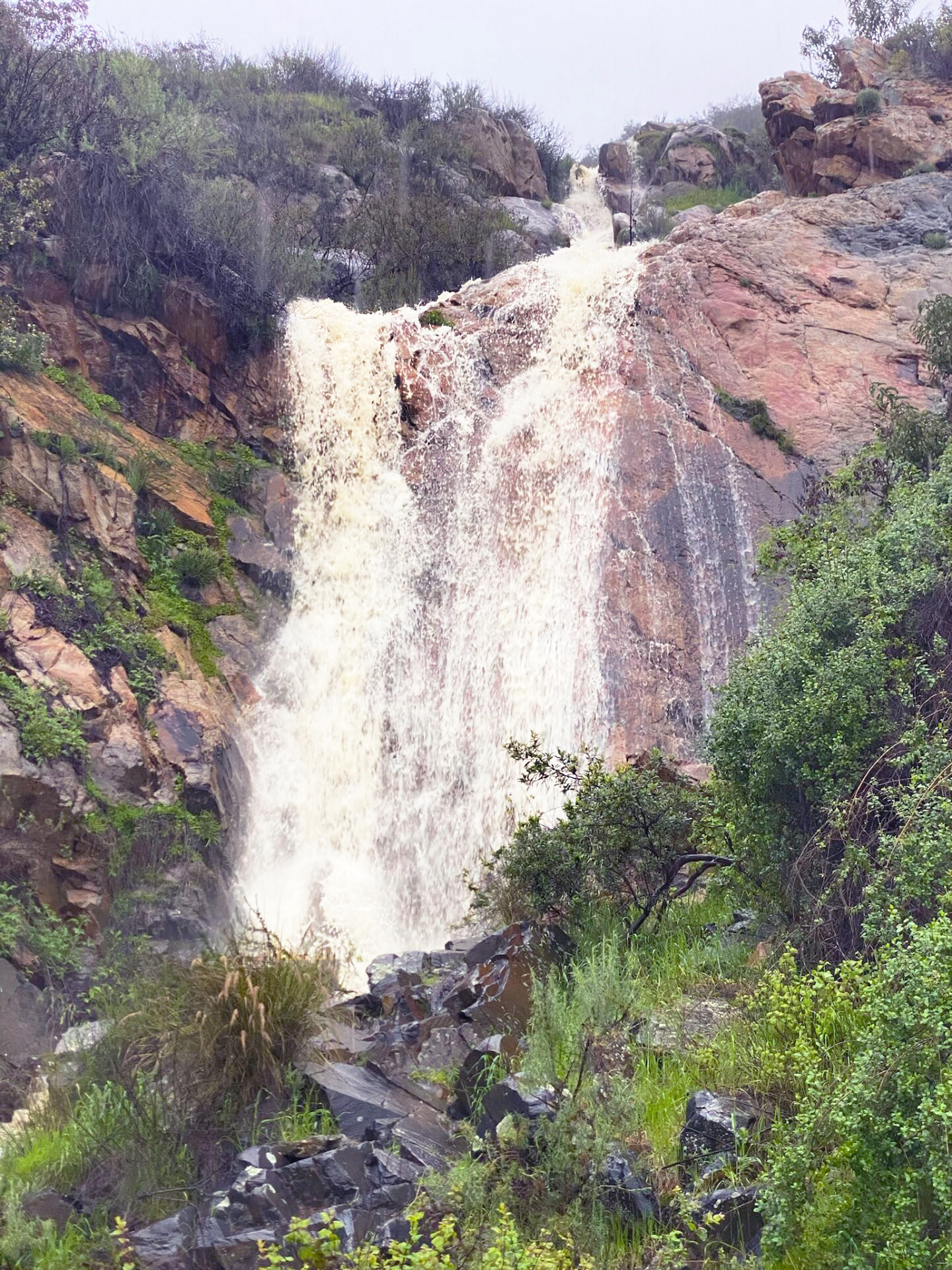By Brother Pháp Dung on
An excerpt from a Dharma talk shared by Brother Pháp Dung in the Zen and the Art of Saving the Planet (ZASP) online course, a transformative learning journey to cultivate insight, compassion, community, and action in service of the Earth.
We have different kinds of energy that we can have access to and that can help us in our daily lives—in the work that we need to do and in our service to humanity and the planet.
By Brother Pháp Dung on
An excerpt from a Dharma talk shared by Brother Pháp Dung in the Zen and the Art of Saving the Planet (ZASP) online course, a transformative learning journey to cultivate insight, compassion, community, and action in service of the Earth.
We have different kinds of energy that we can have access to and that can help us in our daily lives—in the work that we need to do and in our service to humanity and the planet.
How can we bring more of a Zen flavor to the work of bettering our environment, bettering our humanity, and bettering our relationship with Mother Earth?
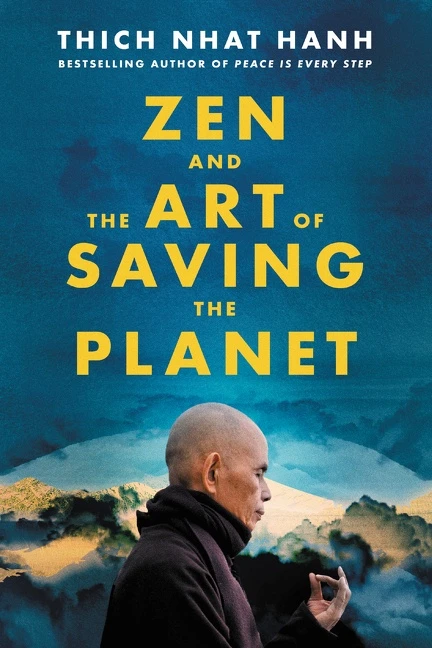
In the title Zen and the Art of Saving the Planet… the word Zen is a Japanese word, and it means meditation. It’s a translation from the Sanskrit word dhyāna, which means meditation or cultivation. So meditation is not the exact translation of Zen; the word cultivation is even more appropriate. Here we are cultivating the mind, cultivating our lives, and cultivating a certain kind of energy. So the word Zen can be kind of like a cultivated person: someone whose mind is developed, who is matured, and who has been trained in a certain way. And the energy we use is mindfulness, right? This energy is a very internal, spiritual energy.
When I learned about meditation, especially in the Vietnamese tradition, the word used for Zen was thiền. If you’ve trained enough in meditation or in the monastery, people look at you, whether you’re a meditator, a monastic, or a practitioner, and they say you have the thiền vị—the flavor, the taste, of Zen. So someone can have a Zen flavor. In our work—whether in our lives, in our service, in activist work, or in our engagement for social change—when we look at the current situation, we need more of that Zen flavor. That’s why I like the word Zen in the title of this course. It asks: How can we bring more of a Zen flavor to the work of bettering our environment, bettering our humanity, and bettering our relationship with Mother Earth?
Brother Pháp Linh (Brother Spirit) and I had a chance to attend the COP26 in Glasgow, Scotland. What we brought there was our practice. We brought our practice in the way we walked and the way we participated—a kind of Zen energy. It was a way of being at the conference. And it was quite a contrast: there were a lot of people rushing around, working to organize and recalculate our relationship in terms of carbon footprint or to find other ways to help lower our impact on our planet. There was a lot of stress, a lot of anger, and a lot of confrontation. We felt a lot of tension in people, both in their bodies and in their minds.
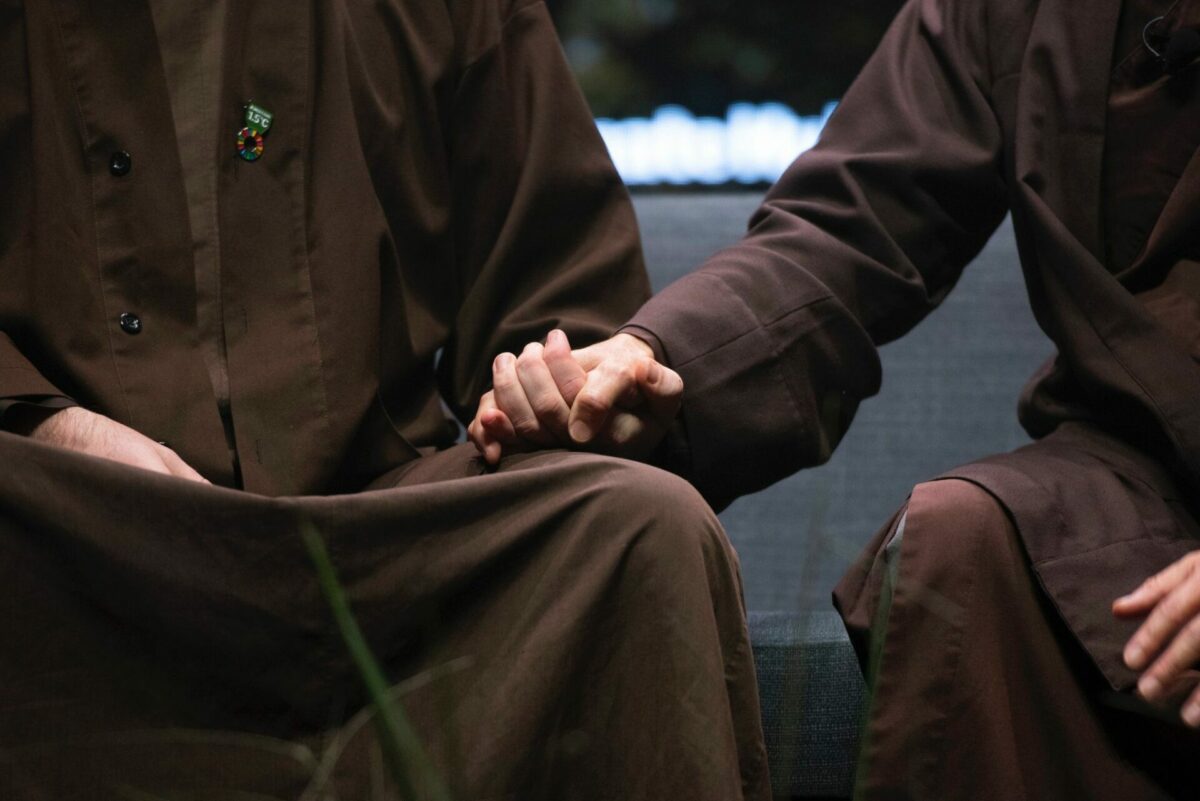
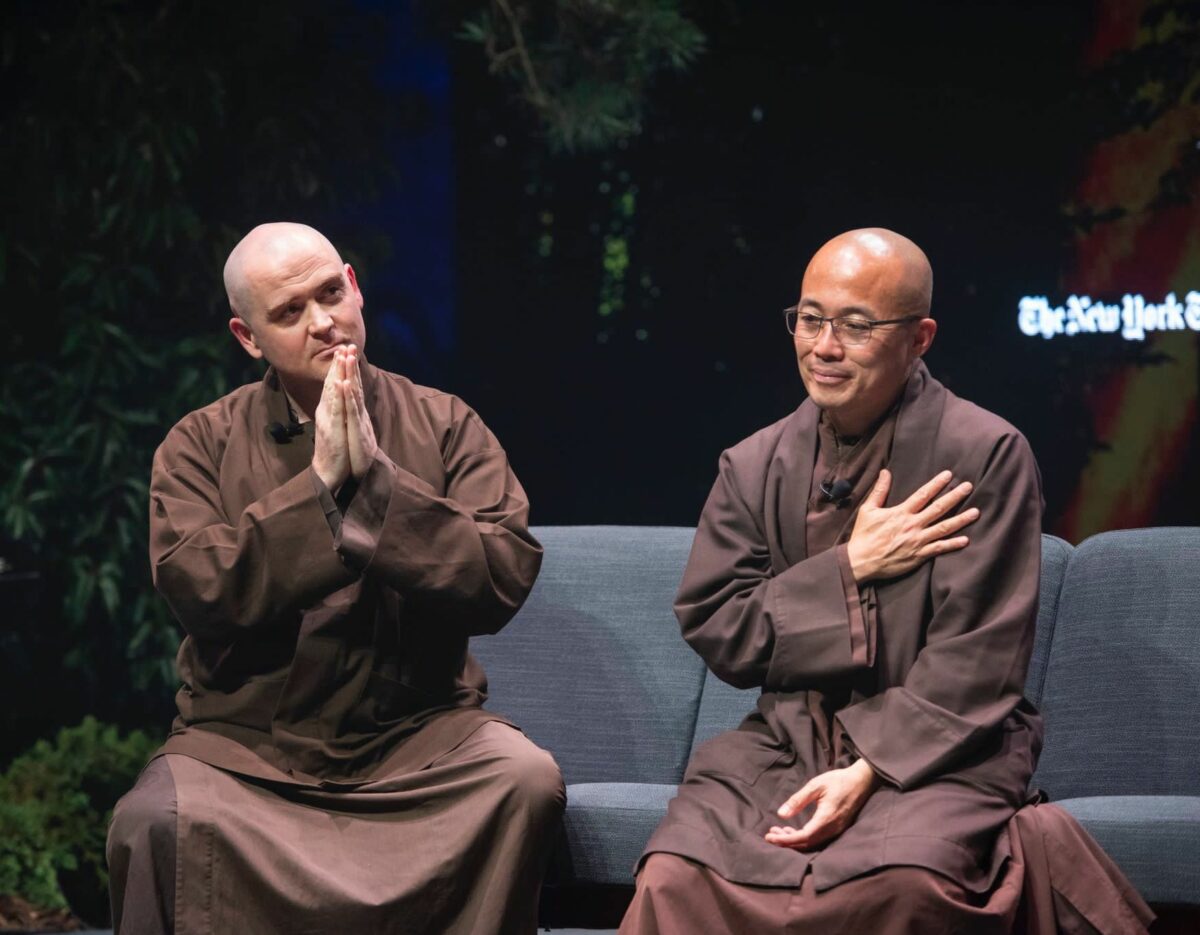
And so my brother and I, we led meditation every morning. And that is to bring that sense of, yes, we need work, and there is important work that needs to be done, but how do we do it? Does it have a flavor of Zen? The flavor of Zen here is a kind of lightness. Yes, it’s dire. Yes, it is urgent, this situation that we and our planet find ourselves in. Yes, it is important for us to do the work we need to do. But how do we do it? Do we sacrifice our relationships, sacrifice the present moment, to achieve our goal? To have the Zen flavor in our work is to be at ease and to be free. In our approach, we don’t sacrifice the present moment or sacrifice our relationships in order to achieve our goal. The kind of mentality that has brought us into trouble is this very striving and tense approach. What it means to have the Zen flavor is a kind of core spiritual energy.
The energy of a meditator can support a sense of clarity. When we are still, we are less reactive. We have clarity about what is happening in the room and what is happening with our planet. We are not fooled by misinformation. This is the power of meditation. We are not moved to react to information and news too quickly. When something touches us and makes us suffer or feel pain, we don’t react right away; we come back to our breathing. In the Zen and the Art of Saving the Planet course, we learn ways to stop, ways to calm ourselves, to take care of our feelings and our body.
The energy of meditation can support insight that will help us to avoid othering people—different groups, different people, and different ways. The planet and the environment as well. We stop seeing things as separate from us.
In our work as activists, or in our work in society, this energy of meditation can help us have more stillness. This is the Zen flavor: someone who is very still. Whatever is happening at work with our colleagues, with the environment, or with the news, we are not too quick to react to our emotions like sadness or anger. When you look at someone, you can see Zen flavor: they are still, and they’re very clear. When they share, their words come from a place of insight. What is this insight? When we can look, we can touch more deeply the reality of non-separation. A lot of us experience separation in our work, the dualistic idea of an enemy. We are fueled by this view, and we don’t see deeply that we’re all victims. As a meditator, we begin to see more nondualistically or nondiscriminatively. When we move from this place of less discrimination, we are more cooperative. We see that those causing harm are also victims.
The insight cuts through our illusion of separation, which we’ll learn more about [in the Zen and the Art of Saving the Planet online course] as we study the Diamond Sutra and these concepts as well as the ideas we have about ourselves, other people, the planet, and other living beings. The energy of meditation can support insight that will help us to avoid othering people—different groups, different people, and different ways. The planet and the environment as well. We stop seeing things as separate from us.
This insight, when we have time to meditate, can really fuel us, it can give us energy. This is the “diamond” of a meditator. It’s what we cultivate, it’s what we mine for. The diamond is the insight that helps us break through our suffering and our pain, that allows us to see the pain and the suffering in the world. This insight moves us to action.
